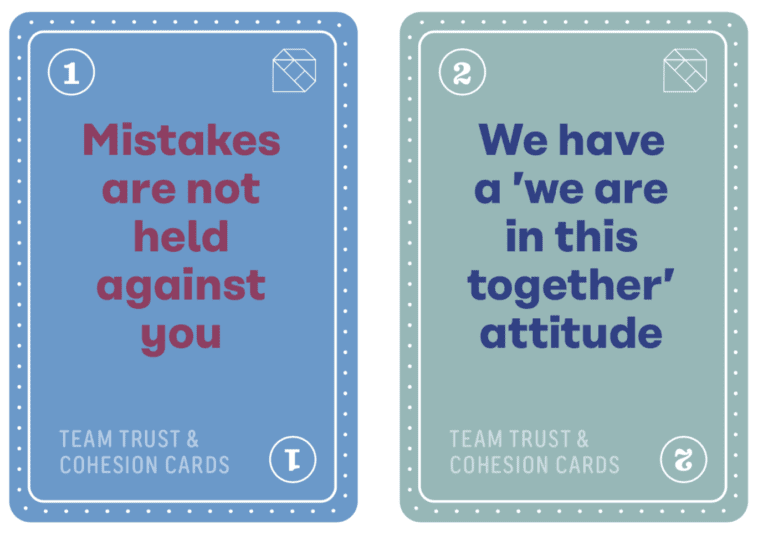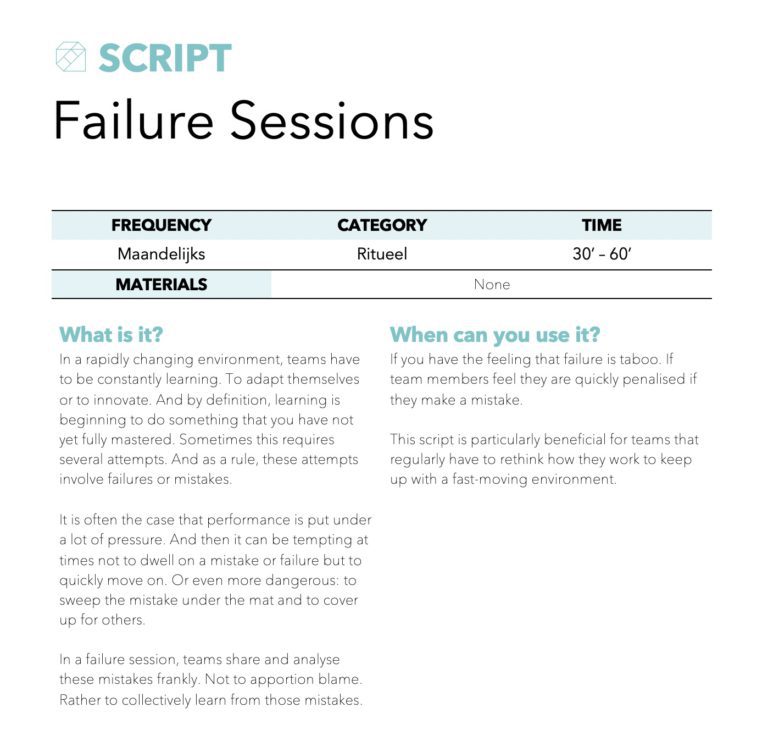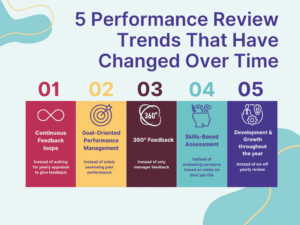Feedback is an essential tool for personal and professional growth. In any workplace, feedback is information provided to individuals about their behavior, performance, or attitude. Feedback can be positive, negative, or neutral and can be given by peers, managers, or customers. The primary goal of feedback is to identify areas where individuals can improve their performance and develop new skills.
Why is Effective Feedback Important?
Effective feedback plays a vital role in personal and professional development. It helps individuals to:
Clarify Expectations: Feedback provides clarity on what is expected of an individual in terms of their job responsibilities, goals, and objectives.
Reinforce Positive Behavior: Positive feedback can reinforce good behavior, encourage individuals to continue performing well, and increase job satisfaction.
Identify Areas for Improvement: Constructive feedback can identify areas where an individual needs to improve and help them develop a plan for improvement.
Motivate Employees: Feedback can motivate employees to improve their performance, increase productivity, and achieve their goals.

6 Tips for Giving Feedback in the Workplace
Giving feedback can be challenging, but there are several tips that can make the process more effective and less stressful. Online you can find a lot of tips on how to give feedback. Here are some of our tips for giving feedback in the workplace:
Be Specific: Feedback should be specific and focused on the behavior, performance, or attitude that needs improvement. Focus on behavior, not personality
Be Timely: Feedback should be given in a timely manner to allow the individual to reflect on their behavior and take corrective action.
Be Objective: Feedback should be objective and based on facts rather than personal opinions.
Use a Constructive Tone: Feedback should be delivered in a constructive tone that focuses on improvement rather than criticism.
Provide Examples: Feedback should be supported by examples that illustrate the behavior or performance that needs improvement.
Provide Actionable Recommendations: Feedback should include actionable recommendations that the individual can implement to improve their performance.
Feedback should be specific and focused on performance, or attitude that needs improvement. Focus on behavior, not personality
5 Tips for Receiving Feedback in the Workplace
Receiving feedback can be challenging, but it is essential for personal and professional growth. Here are some tips for receiving feedback in the workplace:
Listen Actively: Listen carefully to the feedback and avoid interrupting the person giving the feedback.
Ask Clarifying Questions: Ask questions to clarify the feedback and ensure you understand the person’s perspective.
Don’t Get Defensive: Avoid getting defensive or making excuses. Instead, try to understand the feedback and how you can use it to improve.
Reflect on the Feedback: Take time to reflect on the feedback and consider how you can use it to improve your performance.
Say Thank You: Thank the person for their feedback, even if it was difficult to hear. It takes courage to provide feedback, and acknowledging this can help build a positive relationship.
Discover how our instant feedback module allows you to share feedback in few clicks
Examples of Constructive Feedback
Constructive feedback is feedback that is focused on improving behavior, performance, or attitude. Here are some examples of constructive feedback:
Positive Feedback: “I appreciate how you always complete your work on time. It shows that you are committed to the team’s success and helps us meet our deadlines.”
Specific Feedback: “During the last meeting, I noticed that you interrupted others while they were speaking. It would be helpful if you could let others finish their thoughts before sharing your ideas.”
Timely Feedback: “I wanted to provide feedback on your presentation from yesterday. I noticed that you read from your notes a lot, and it made it difficult to engage with the audience. In the future, you could try practicing your presentation more to feel more comfortable with the material.”
Actionable Feedback: “I think your writing skills could improve. To help, I recommend you read articles or books on writing, attend a writing workshop or class, or ask for feedback from a colleague who is a strong writer.”
Balanced Feedback: “You did a great job on the project overall, but I noticed a few areas where you could improve. For example, you could have provided more detail in the report, and your communication with the team could have been more timely.”
Remember, constructive feedback is focused on improvement and growth, so it should be delivered in a positive and respectful manner.
Other interesting reading

6 simple steps for installing a feedback culture
In today’s fast-paced business world, feedback is an essential tool for improving employee performance and achieving organizational goals.
This could involve regular check-ins with direct

Four reasons why feedback is essential in team dynamics
Feedback is an essential component of team dynamics. It allows team members to understand how their actions and behavior are perceived by others and to
How to encourage giving feedback
It’s clear by now that encouraging feedback in the workplace can lead to a more open and collaborative culture, which can ultimately benefit the company’s bottom line.
However, giving feedback can be intimidating, and not all employees may feel comfortable doing so. Next up we’ll explore some ways a company can encourage giving feedback among its employees.
1. Lead by Example
Leadership plays a critical role in creating a culture of feedback. Managers and executives should set an example by giving feedback regularly and being open to receiving it as well. When employees see that their leaders value feedback, they will be more likely to follow suit.
2. Provide Training
Not everyone is naturally skilled at giving feedback. Companies can provide training on how to give effective feedback, including providing specific examples, focusing on behavior rather than personality, and delivering feedback in a respectful manner. This can help employees feel more confident and comfortable giving feedback to their colleagues.
Download our Feedback Circle script.
A team development exercise to discover the power of giving and receiving feedback. (It's free!)
Beside individual training, there are various team development exercises that can help improving communication and increase cohesiveness. The feedback circle, for example, is a great exercise to discover the power of giving and receiving feedback. It’s goal is to foster personal and team growth through reflection and an open conversation. You can download it from our tools zone, it’s free!
3. Foster Trust
Employees need to trust one another to feel comfortable giving and receiving feedback. Companies can foster trust by creating a psychological safe and inclusive environment where everyone feels valued and respected. This can be done through team-building activities, open communication channels, and encouraging collaboration.
In our Team Listening platform, we have a bunch of team rituals written down in scripts. A couple of these scripts can found in our free stuff zone, go take a look!

Fika Break
Fika is a ritual where a conversation is being held with no agenda in mind. It is a concept, a state of mind, an attitude, and an important part of Swedish culture. All Swedes consider it important to take a pause.

Trust Cards
Use this card set to start an honest conversation about the current team culture and to discuss small actions you could take to improve it.

Failure Sessions
Use this script when you have the feeling that failure is taboo or if team members feel they are quickly penalised if they make a mistake.
4. Create Feedback Opportunities
Feedback doesn’t always have to be formal. Companies can create opportunities for employees to give feedback to one another in casual settings, such as during team meetings or over lunch. This can help break down barriers and encourage more open communication.
5. Recognize and Reward Feedback
Companies can recognize and reward employees who provide valuable feedback to their colleagues. This can be done through employee recognition programs or other incentives, such as bonuses or promotions. When employees see that their feedback is valued and appreciated, they will be more likely to continue providing it.



